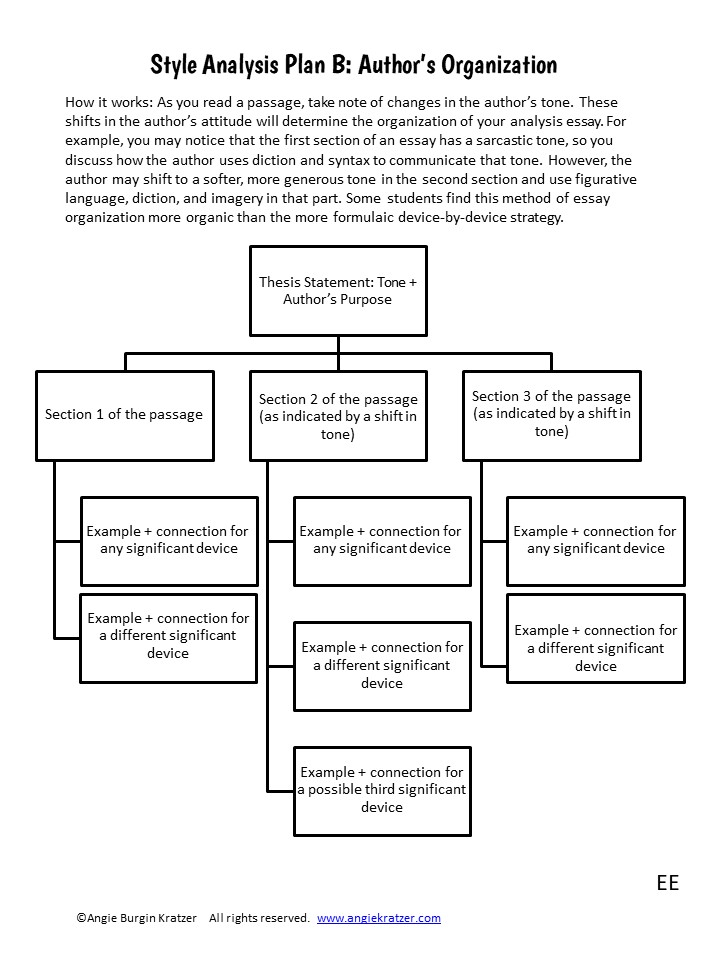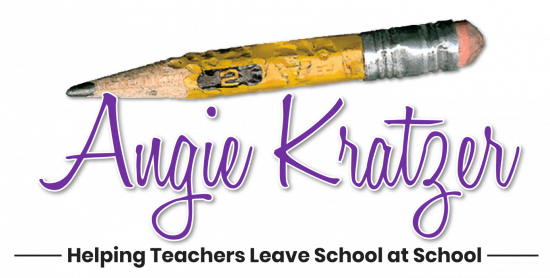The magic bullet. Here it is. You ready?
Here’s your tidy little template you can apply to any rhetorical analysis essay.
Just kidding. There’s no such thing as a one-size-fits-all outline for RA, but there are two ways we can teach students to approach each one.

Rhetorical Analysis Essay Organization Method #1: Structure According to Shifts
If you’ve ever attended one of my webinars, you know how much I love to teach tone. I think of it as THE foundation to all rhetorical analysis, the slab on which we build the thesis, the topic sentences, and therefore the commentary. A student who misreads the tone is not likely to get the author’s purpose. If the student misses the author’s purpose, the thesis is likely to be weak. Weak thesis means weak topic sentences. Weak topic sentences mean weak commentary. It’s over.
That’s why it’s VITAL to do a thorough job of teaching tone up front. I think it should be the very first thing we hit, but we have to spiral back to it over and over. If you need some tone lesson plan ideas, take a look at this post.
Once students recognize tone, they will begin catching shifts in tone. With a typical Question 2 AP Lang exam prompt, students are likely to see two to three tones in a passage. As writers move from one tone to the next, we might call that move a shift, change, or movement. Those are the organizational structures.
So method #1 is to build body paragraphs the way the writer or speaker built the piece. In the first body paragraph, the student discusses the author’s choices in the first tone section. In the second body paragraph, the student discusses the author’s choices in the second tone section. If there is a third tone section, the student handles that material in a third body paragraph.
By “handling the material,” I mean that the student is making connections between the text and the author’s purpose. The author’s purpose is in the thesis statement along with the tones, so I have a blueprint, but the student has not closed the thesis and locked herself into discussing specific strategies or devices.

Rhetorical Analysis Essay Organization Method #2: Structure According to Strategies
Whereas Method #1 follows the organizational structure of the prompt, Method #2 is structured by strategy. What do I mean?
Instead of a paragraph on a section, a paragraph will be on one strategy—a macro choice—like organization, point of view, or extended metaphor. Other framing devices will fit in there as well. For example, if a student discusses diction, the placement of the specific words matters, so syntax can be addressed as well.
Syntax is one of those devices that I would probably not discuss isolated in a body paragraph. Authors use syntax as a tool to affect pace and highlight specific elements, so discussing the highlighting of diction or imagery without discussing what is being spotlighted doesn’t make much sense.
Where RA organization by strategy works best is with layered tone. Whereas some passages will have clear delineations by tone or subject matter, others will be more subtle, requiring the reader to pick up sarcasm
Which method works best?
It’s worth an experiment.
With a fresh prompt, have students approach from both directions and sketch out a plan. They can then choose the one they think works best and develop an argument to convince the class. Students find two other students who are in Camp Tone or Camp Strategy and develop a quick presentation to talk their classmates into one plan or the other.
Consider the prompt.
If a student can recognize crystal clear divisions within a passage, I would say that the tone strategy is the way to go.
Consider the writer.
Each student’s comfort level may dictate the plan. A stronger writer may be able to pull off the tone strategy. A stronger reader may be able to deal more effectively with the subtle layering of meaning.
Be on the lookout for more rhetorical analysis tips in your inbox. Not on my email list? You can join here, and I’ll send you a commentary anchor chart.

